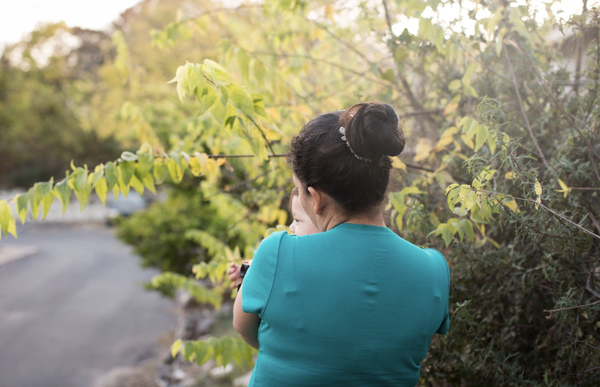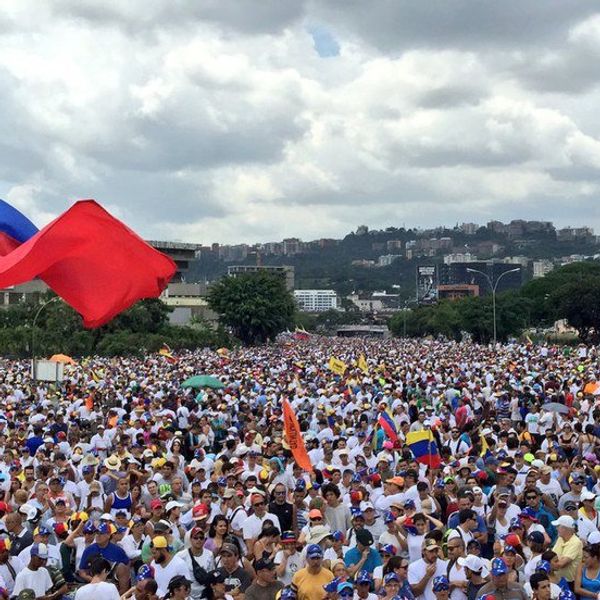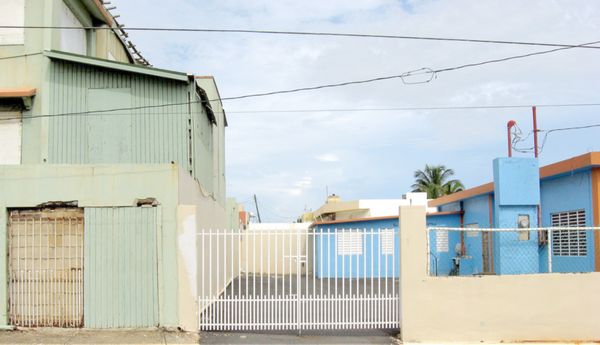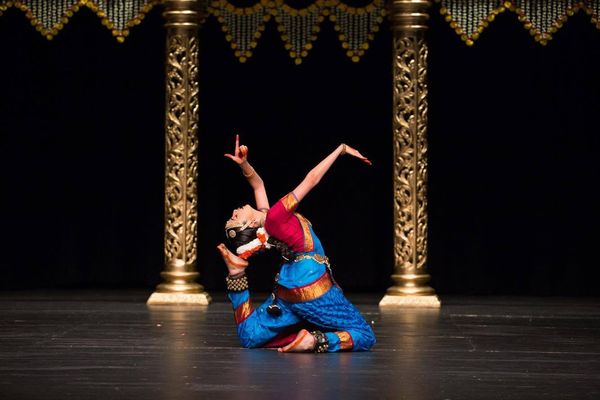“Give me your tired, your poor, your huddled masses yearning to breathe free…” - these famous words are inscribed on the base of the Statue of Liberty, a well known symbol of America. As a country known as the “melting pot” it is paradoxical that a lot of American’s are not fond of the idea of new immigrants inhabiting “their” land. It is clear to see that immigration is a controversial topic especially Mexican immigration to the United States; however, the problem is more complex than meets the eye. In analysis of the documentaries Who Is Dayani Critsal? and The Other Side of Immigration the harsh realities of illegal immigration are discussed as well as the often overlooked backstory to why immigration occurs.
Both documentaries focus on immigration within the Americas. Who is Dayani Cristal? is a 2014 critically acclaimed documentary that centers around an anonymous body found in the Arizona desert that inspires a journey across the continent to discover just who this person was. While similar in many aspects The Other Side of Immigration, released in 2009, focused more on rural Mexicans themselves and their reasons for migrating to the United States rather than the mortalities of migrants. Not only did both of these films pull at the heart strings of the viewer they also shared vetted statistics regarding immigration such as “The growth of Mexican immigrants from 1970 to 2008 rose from 760,000 to over 12 million”. The main themes of these films include immigration associated mortality, reasoning behind immigration, and the familial impact associated with immigration.
One of the major tools used to analyze immigration are the theories of immigration. There is not one specific theory that encompasses all of immigration considering migration is intrinsically interdisciplinary. However, the theories that can be used to analyze these films include Neoclassical Economic Macro theory, as well as the Dual Labor Market Theory. Many events that occur in these films can be associated with one of the above theories as well as information covered in in-class lectures.
Who is Dayani Cristal? focuses specifically on the mortality of immigrants during their crossing. The film draws a comparison between the implementation of stricter border control directly contributing to an increase in migrant related deaths. In this film’s case specifically an unidentified body is discovered in the desert with the only identifying information on him being a tattoo on his chest that read “Dayani Cristal”. Through in-class lecture it was also noted that an increase in border control does not stop immigration but rather eliminates safe crossing into the U.S. Unfortunately, the case of “Dayani Cristal” is not rare. It was mentioned that thousands of bodies had passed through the Arizona morgue at the time of his death, the medical examiner even states “We were already knee deep in border crossing deaths”. The visual representation of the full morgue featured in the film acts as proof to the known problem of increased migrant deaths following the passing of stricter border control laws.
While Who Is Dayani Cristal? briefly covers the issue of capitalism being a driving force of migration The Other Side of Immigration seems to focus around this point. Dr. Bruce Anderson, Forensic Anthropologist in Tucson states “As an American, I would like all Americans to acknowledge that they benefit from a blue collar labor force that has brown skin”. That quotation perfectly coincides with the theory of Dual Labor Market in which the US is dependent on migrants to perform the work they do not want to do themselves. The Other Side of Immigration provides evidence of the interdependence of America and Mexico in a capitalistic sense. One example of such is the dependence of Mexican citizens on American imports because of their cheaper prices. While American imports provide cheaper goods for Mexicans this causes major problems with those in the Mexican countryside sustaining themselves with the profits from their crops. This benefit is not one sided Mexico too benefits greatly from work in the US as profit from such work is what pays for the urban infrastructure in Mexico.
With the implementation of NAFTA rural Mexican farmers could not compete with the U.S. market causing a large influx of Mexican farmers into America. This scenario is a good example of the Neoclassical Economics Macro Theory in which wage inequality and labor market mechanisms are the root causes of migration. Many of the migrants featured in The Other Side of Immigration stated their reason for migration was directly related to earning more money. It was stated that for the same job you can make $13 a day in Mexico while performing the job in the U.S. yields upwards of $70 a day. It is obvious that low wages are a big reason that the rural poor in Mexico migrate to America. However, they also migrate because of Mexican politics. The Other Side of Immigration shows the corruption of the Mexican government such as “missing” subsidies for farmers in addition to lack of opportunity for citizens who are not on the mayors “good side”. It is astonishing to discover that the city of Morelia receives 25 million pesos yet none of the residents of this city know where this money goes. The case of Morelia is a prime example of the secrecy of the Mexican government and the problems that it imposes on the citizens of Mexico.
It has been established why such migration occurs but what are the familial implication of migration? Both films cover the impact of migration of the family members of migrants. In the case of “Dayani Cristal”, who ended up being identified as Yohan, the familial implications showcased how difficult it is to grieve with losing a migrant family member. In regard to migrant deaths, it is especially difficult considering the migrant left in search of a better life and ultimately that search ended their life. Yohan’s wife states, “It’s an indescribable kind of pain, an incomparable pain, a wound that will never heal”.
Pain is also present in families where migrants are still living. Take for example, Caroline showcased in The Other Side of Immigration she is a mother to six migrants as well as the spouse of a migrant worker. She knows firsthand just how difficult it can be. She discusses how no one goes away from their family for their own want but rather out of necessity and such necessity has caused the majority of her family to go to America. She speaks of the impact of not seeing her daughter for 7 years because of her daughters fear of crossing the border again. Carolina recalls a situation in which one of her migrant children called her in the middle of the night saying “I want to die. I don’t feel safe in my home” to this Carolina felt completely helpless. Many miles away she was unable to anything for her child. Carolina also discusses the impact that growing up without a father present has had on her children. She talks of how her youngest son continually asked “When is Papa going to come home?” to which she could not definitively reply. It was also discussed by other migrants that without a father figure present to “keep kids inline” the children often turn to drug use. It was noted that most migrants plan on returning back to their country and their families, unfortunately not all can make it back.
In reflecting upon Who Is Dayani Cristal? and The Other Side of Immigration it is clear to see that across the globe we are in need of immigration reform. Theories of immigration are all rooted in capitalistic nature therefore revealing that money is a large driving factor in migrant behavior. Not only does immigration pose risks for those crossing the border, families are put at risk as well forced to prepare for the worst. These films pose an important lesson to be learned, that immigration is not just a problem of one country but rather a global problem that will need the hands of many nations to repair it. In parting thoughts ponder these words from a Mexican migrant, “Why not invest in human beings rather than walls?”.





















